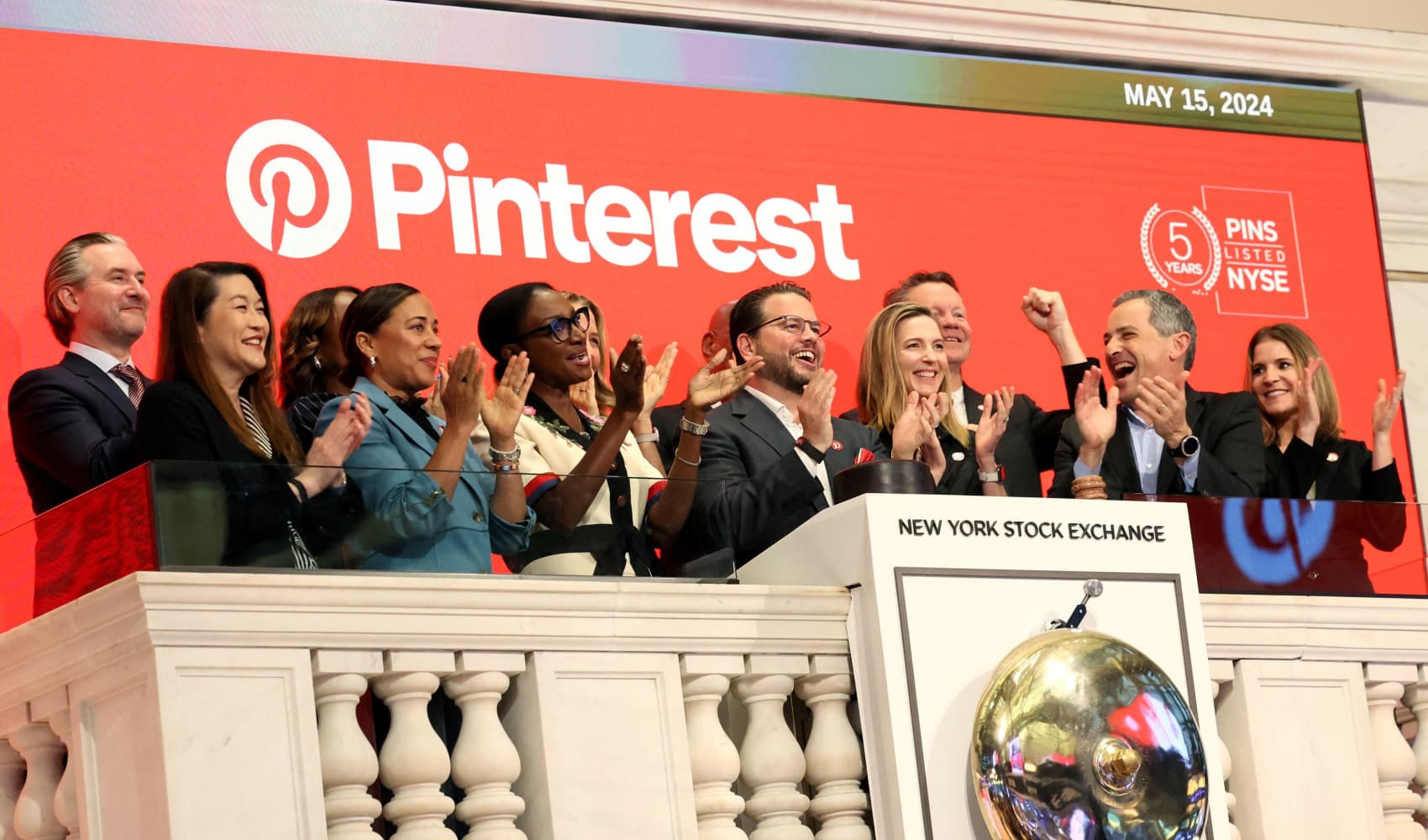Big Tech Earnings: 5 Key Questions Shaping the Market
Navigating the Storm: Big Tech's Biggest Earnings Season Questions
Introduction: The Uncertainty Principle in Tech Earnings
Welcome to earnings season, folks! For Big Tech companies, it's always a high-stakes game, but this quarter feels… different. Why? One word: uncertainty. Picture it like this: you're sailing a boat, and the weather forecast keeps changing. One minute it's sunny, the next there's a potential hurricane brewing. That's pretty much what Big Tech is facing right now. And it all boils down to a few monumental questions.
Tesla Kicks Off the Show: What's the Road Ahead?
Elon Musk's Tesla is leading the charge, reporting earnings early in the week. The burning questions here are plentiful:
Production Goals and Delivery Numbers
Can Tesla maintain its production momentum? Are they hitting their delivery targets? Investors are scrutinizing these numbers like hawks. If they fall short, expect some market jitters.
Profitability, Finally?
Everyone's been talking about Tesla's profitability for years. Has it finally become sustainable? We need to see solid evidence, not just promises.
The Cybertruck Cometh (Eventually?)
Any updates on the Cybertruck? Production timelines, pricing details… the world is waiting (im)patiently. A clear roadmap is crucial.
Alphabet's Alphabet Soup: Beyond Search
Google's parent company, Alphabet, reports later in the week. Search is still king, but what about its other ventures?
Advertising Revenue: Is the Growth Sustainable?
Google's ad revenue is the engine that drives the entire company. Is it still chugging along at full speed, or are we seeing signs of a slowdown? Ad spending is often an early indicator of broader economic trends, so this is a big one.
Cloud Wars: Is Google Cloud Catching Up?
Amazon's AWS is the undisputed leader in cloud computing, but Google Cloud is trying hard to close the gap. Are they gaining market share? And more importantly, are they making money?
"Other Bets": Hitting Singles, Doubles, or Home Runs?
Alphabet's "Other Bets" are its moonshot projects – everything from self-driving cars (Waymo) to life sciences (Verily). Are any of these bets paying off? Or are they just expensive hobbies?
The Trump Tariff Tango: A Dance of Uncertainty
Here's where things get really complicated. President Trump's tariff policies have created a whirlwind of uncertainty for businesses, especially those with global supply chains. Imagine trying to plan a dinner party when you don't know if the grocery store will be open or if the prices will double overnight. That's the kind of environment these companies are navigating.
The Direct Impact on Costs: How Much is it Hurting?
The most obvious impact of tariffs is the increase in costs. Are these companies absorbing these costs, passing them on to consumers, or finding ways to mitigate them? We need transparency here.
The Ripple Effect: Less Ad Spending, Less Growth?
Tighter budgets often lead to cuts in advertising spending. If businesses are feeling the pinch from tariffs, they're likely to dial back their ad campaigns. This would hit companies like Google and Facebook hard.
Supply Chain Chaos: Rethinking Global Operations?
Tariffs are forcing companies to rethink their supply chains. Are they moving production facilities? Sourcing materials from different countries? This is a massive undertaking that can take years to complete.
The 90-Day Pause: A Temporary Reprieve?
Trump's decision to pause most new tariffs for 90 days offers a temporary breather, but it's hardly a long-term solution. It's like getting a hall pass to skip detention, but you still have to worry about what happens after the pass expires.
Will the Pause Hold? Don't Bet On It
The big question is whether this pause is genuine or just a temporary tactic. Given the president's track record, it's hard to say with certainty. Companies need to prepare for all scenarios.
Planning for the Unknown: A Fool's Errand?
How do you plan when you don't know what the future holds? It's like trying to build a house on shifting sands. Companies need to be agile and adaptable, ready to pivot at a moment's notice.
Beyond Tariffs: Other Challenges Looming
Tariffs are just one piece of the puzzle. Big Tech faces a whole host of other challenges, including:
Antitrust Scrutiny: Are They Too Big?
Regulators around the world are taking a closer look at the power of Big Tech companies. Are they becoming monopolies? Will they be forced to break up? This is a serious threat.
Data Privacy: The GDPR Effect
The General Data Protection Regulation (GDPR) in Europe has set a new standard for data privacy. Are companies complying with these regulations? And what impact is it having on their business models?
The Talent War: Attracting and Retaining Top Employees
The competition for top talent in the tech industry is fierce. Are companies able to attract and retain the best engineers, designers, and marketers? This is essential for long-term success.
The Bottom Line: Uncertainty Reigns Supreme
So, what's the takeaway from all this? Uncertainty is the name of the game. Big Tech companies are facing a perfect storm of challenges, from tariffs to antitrust scrutiny to data privacy concerns. The companies that can navigate these challenges effectively will be the ones that thrive in the years to come. It's going to be a wild ride!
Conclusion: Navigating the Murky Waters of Tech Earnings
As we navigate this earnings season, remember these key points: Tariffs are a major concern, creating cost pressures and disrupting supply chains. The 90-day pause offers only temporary relief. Other challenges, such as antitrust scrutiny and data privacy regulations, add to the complexity. And, of course, the talent war continues to rage. Stay tuned – this is a story that's far from over!
Frequently Asked Questions
Here are some frequently asked questions about the biggest questions facing Big Tech ahead of earnings:
- Q: What is the biggest challenge facing Big Tech this earnings season?
A: The biggest challenge is undoubtedly the uncertainty surrounding trade and tariffs. President Trump's policies have created a volatile environment that makes it difficult for companies to plan for the future.
- Q: How are tariffs affecting Big Tech companies?
A: Tariffs are increasing costs for companies that rely on imported components and materials. This can lead to lower profit margins, reduced ad spending, and supply chain disruptions.
- Q: What should investors look for in Big Tech earnings reports?
A: Investors should pay close attention to revenue growth, profit margins, and any commentary about the impact of tariffs and other challenges. Look for signs that companies are adapting to the changing environment.
- Q: Are there any potential upsides for Big Tech companies?
A: While the challenges are significant, there are also opportunities for Big Tech companies to innovate and adapt. Companies that can successfully navigate the current environment may emerge stronger than ever.
- Q: What can Big Tech companies do to mitigate the risks?
A: Big Tech companies can mitigate the risks by diversifying their supply chains, investing in automation, and lobbying for more favorable trade policies. They also need to focus on data privacy and building trust with consumers.





